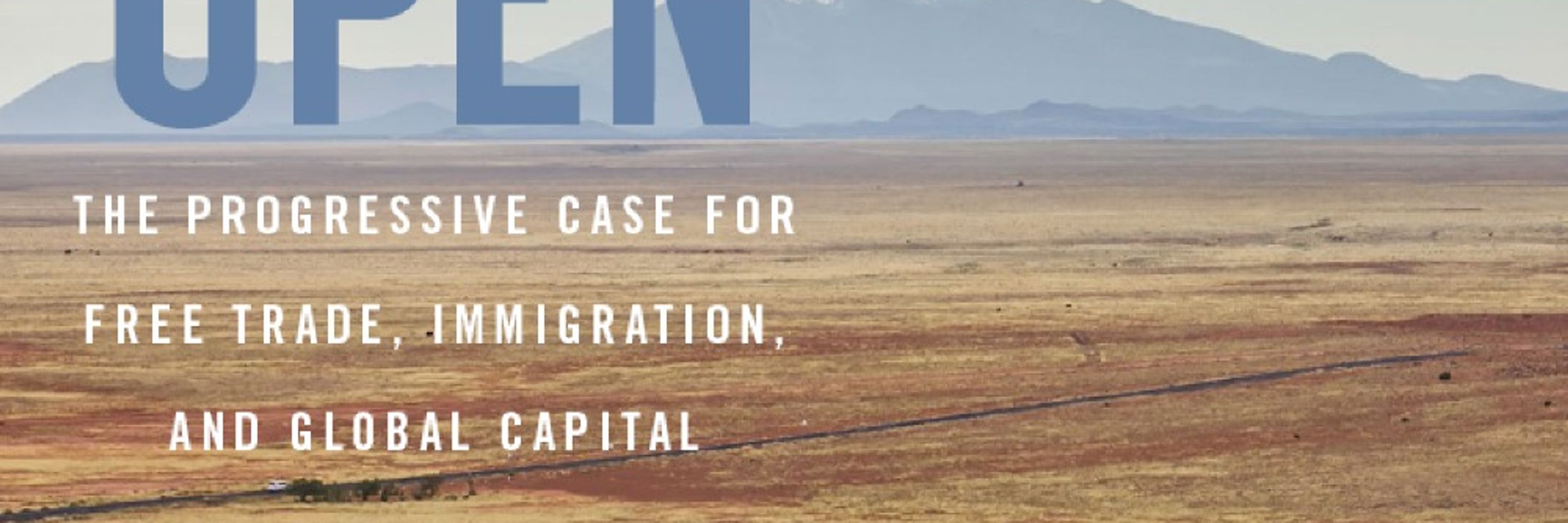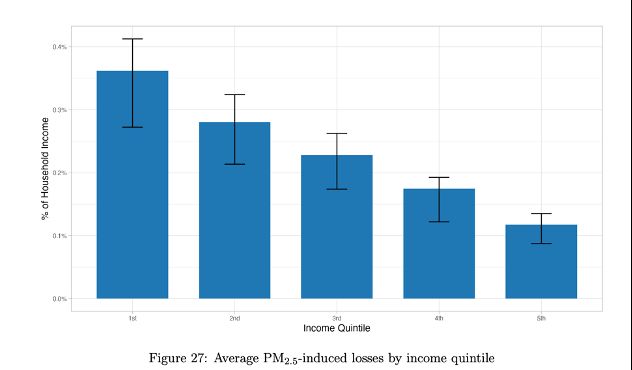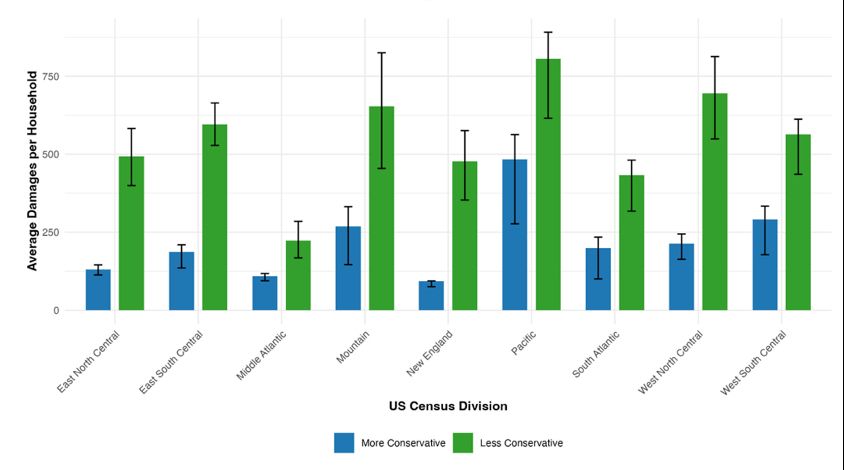Kimberly Clausing
@kclausing.bsky.social
11K followers
230 following
250 posts
Economist; Professor @law.ucla.edu; senior fellow @piie.com; former tax DAS at Treasury; Author, Open: The Progressive Case for Free Trade, Immigration, and Global Capital
Posts
Media
Videos
Starter Packs
Reposted by Kimberly Clausing
Reposted by Kimberly Clausing
Reposted by Kimberly Clausing
Reposted by Kimberly Clausing
Reposted by Kimberly Clausing
Reposted by Kimberly Clausing






















